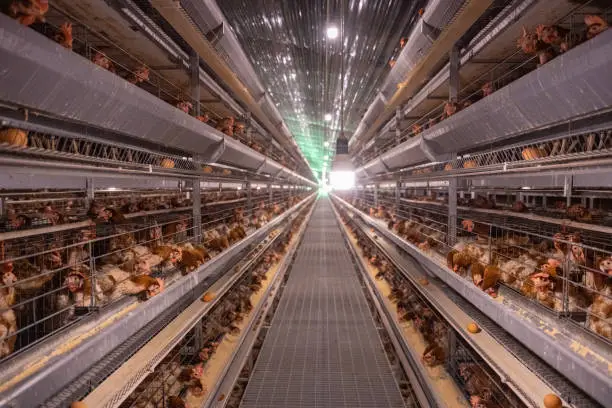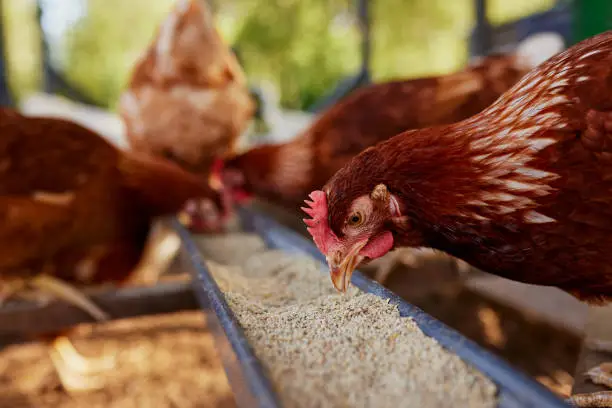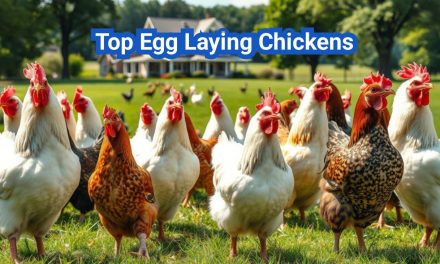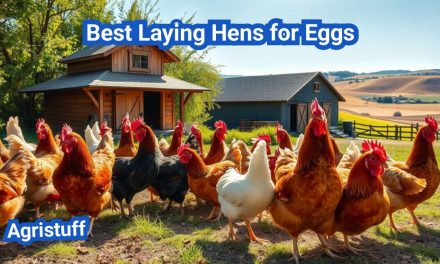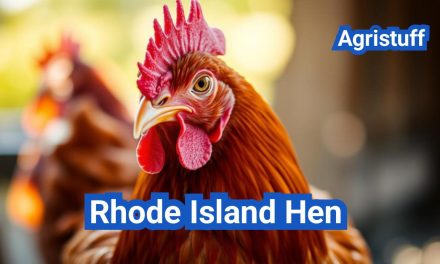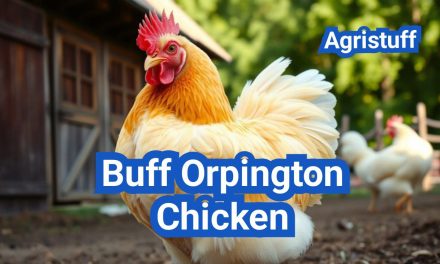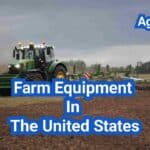Poultry farming is a cornerstone of the global food system, providing a vital source of nutrition for billions of people worldwide. This article delves into the essentials of poultry farming, exploring its definition, methods, breeds, and fascinating facts. Whether you’re a farmer, student, or simply curious, this guide will help you understand the science, techniques, and significance of this critical agricultural practice.
What is Poultry Farming?
Poultry farming refers to the raising of domesticated birds such as chickens, turkeys, ducks, and geese for meat, eggs, or feathers. It’s a key component of agriculture, supplying affordable protein to meet the dietary needs of a growing global population. Beyond its economic importance, poultry farming plays a crucial role in food security, sustainability, and rural livelihoods.
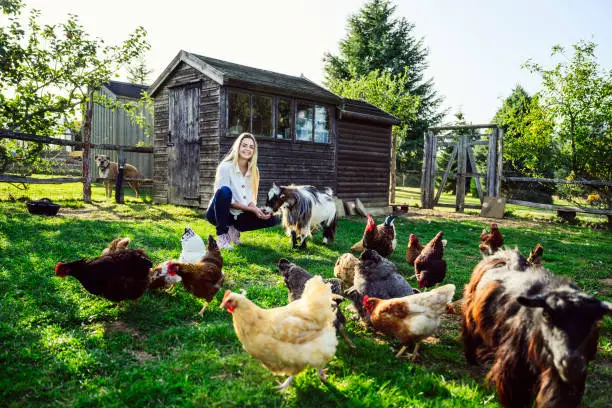
The Importance of Poultry Farming
Poultry farming is more than just a source of food—it’s a lifeline for millions of families and communities. It provides employment opportunities, supports local economies, and contributes to global food security. Additionally, poultry products like eggs and meat are rich in essential nutrients, making them a staple in diets worldwide.
However, the industry also faces challenges, including environmental concerns like manure management and deforestation. Balancing productivity with sustainability is a pressing issue, driving innovation and research in the field.
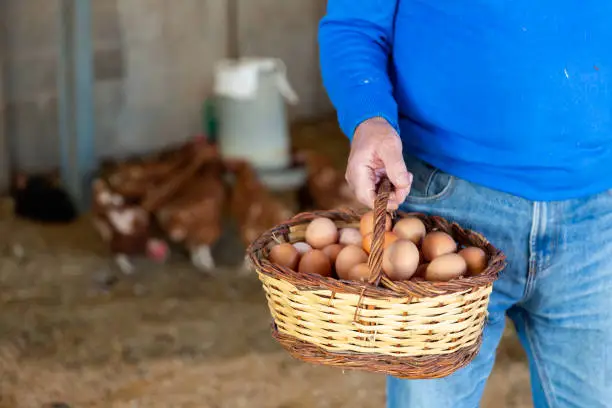
Exploring Poultry Farming Methods
Poultry farming methods vary widely, each with its own advantages and challenges. Here’s a breakdown of the most common approaches:
- Conventional Farming: This method involves raising birds in controlled environments with automated feeding and climate systems. While it maximizes efficiency and output, it often raises concerns about animal welfare and environmental impact.
- Free-Range Farming: Birds are allowed to roam freely, promoting natural behaviors and better welfare. However, this method requires more space and can be less productive.
- Organic Farming: This approach emphasizes natural feed, no antibiotics, and humane treatment. It’s gaining popularity among health-conscious consumers but comes with higher production costs.
- Backyard Farming: Small-scale poultry farming is ideal for households seeking self-sufficiency. It’s cost-effective and sustainable but may face challenges like disease management.
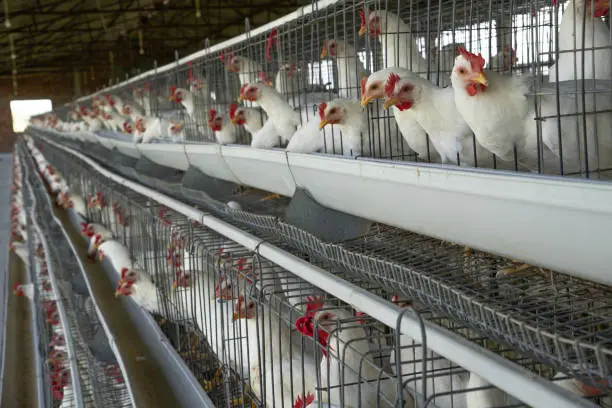
Popular Poultry Breeds and Their Traits
Choosing the right breed is critical for successful poultry farming. Different breeds offer unique characteristics that influence productivity, adaptability, and maintenance requirements. Here are some popular options:
- Cornish Cross: Known for rapid growth, this breed is ideal for meat production but requires careful health management.
- Rhode Island Red: A hardy breed with excellent egg-laying capabilities, perfect for free-range systems.
- White Leghorn: Renowned for high egg production, this breed thrives in warmer climates.
- Pekin Duck: A versatile breed valued for both meat and egg production, though it needs access to water.
Understanding these traits helps farmers make informed decisions, ensuring optimal productivity and sustainability.
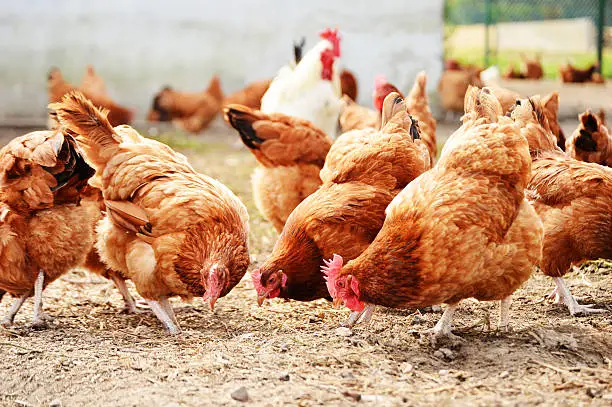
Key Facts About Poultry Farming
Poultry farming is a dynamic field shaped by advancements in science, technology, and consumer demands. Here are some impactful facts:
- Vertical Integration: Many large-scale operations control every stage of production, from breeding to processing, ensuring quality and efficiency.
- Environmental Impact: Poultry farming contributes to issues like antibiotic resistance and deforestation, prompting a push for greener practices.
- Economic Contribution: The industry generates billions in revenue annually, supporting millions of jobs worldwide.
- Health Benefits: Poultry products are rich in protein, vitamins, and minerals, making them a nutritious choice for consumers.
The Future of Poultry Farming
As the world grapples with population growth and climate change, poultry farming must evolve to meet these challenges. Innovations like precision farming, alternative feeds, and sustainable practices are paving the way for a more resilient industry. By embracing these advancements, we can ensure that poultry farming continues to thrive while minimizing its environmental footprint.
